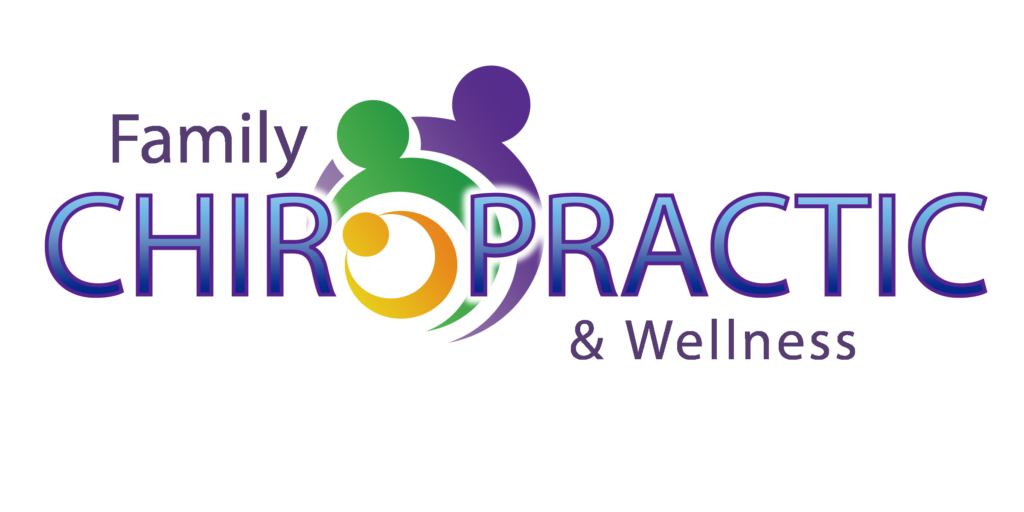Sciatica Verses SI Pain?
Many patients come into our office on a regular basis telling us they need help with their “sciatic pain.” They come to us because their OB/GYNs often refer them for sciatic treatment. However, after performing a thorough history and examination, we find almost universally that the pain they are experiencing is NOT sciatic nerve related, or “sciatica.” It is actually Sacroiliac joint pain referral, otherwise referred to as SI pain. So what’s the difference and how can you ease that pain? That’s exactly what we’re going to break down in this article.
What is Sciatica?
Sciatic pain is named for the sciatic nerve, which includes multiple levels of nerve roots that exit through the lumbar spine. When irritated, this nerve is responsible for pain that will go past the knee and often into the lower leg, foot, and toes, and may even include pain in the genital region.
“Sciatic” is such a common term that people who are experiencing any pain in the buttock and upper leg regions are frequently told or conclude that they have “Sciatic pain.” But the reality is that sciatic pain is actually quite rare during pregnancy. When pregnancy is involved, often people mistakenly conclude that the baby is sitting on the sciatic nerve. In my experience, that is not usually the case.
Sadly, “Sciatica” has almost become a catch-all term for any pain felt in the lower back or leg, but it’s essential to differentiate true sciatica from other sources of pain. The distinction is particularly crucial during pregnancy. Awareness and proper diagnosis can pave the way for effective treatment and relief.
What is SI Pain?
Sacroiliac (or SI) pain is much more common. In order to prepare for what the body will accomplish during childbirth, the pregnant body produces a hormone called Relaxin. This hormone’s job is to relax and loosen ligaments and some tendons in the pelvis (and the entire body) to begin to prepare the body to deliver. Because of this, the SI joint can loose some of its stability and begin to have aberrant (or incorrect) motion on either side of the sacrum. When stresses are added- sitting, standing, or walking too long or with incorrect posture- this joint will become a pain generator.
The way that it presents is a deep ache at the SI joint location (right where you can feel the bony bump to either side of the spine just above the belt line) with an achy referral into the buttock and upper back thigh or leg. This pain does NOT pass the knee. It can be described as shooting, but usually this just means the pain begins at one location and travels down the leg. When stresses are reduced, muscles stretched and strengthened, and joints returned to proper motion, the pain will be reduced significantly if not altogether disappear.
Differences Between Sciatica & SI Pain?
SI joint pain referral is very common and can be resolved with simple, specific treatment. Sciatic pain is often of a more serious nature and usually doesn’t just appear during pregnancy, but will have been a factor at some point before the pregnancy. Of those pregnant patients who presented to our office with low back and leg pain, over 95% have been due to the SI joint, not sciatic nerve irritation.
Unfortunately, there is plenty of confusion on this topic, for a variety of reasons. In fact, if you search “leg pain during pregnancy” you will find many articles stating that sciatic pain is the cause of this pain, rather than the SI joint. Your own physician may even tell you this. This is generally not correct.
What Can You Do For SI Pain During Pregnancy?
I can’t stress enough how beneficial certain stretches and movements can be in alleviating discomfort, particularly when dealing with SI joint pain. As your body goes through the changes and challenges of pregnancy, targeted exercises can help realign and strengthen your pelvic region, offering relief from SI pain.
Try These Gentle Stretches and Movements for SI Pain Relief
-
- Pelvic Tilt: Lie on your back with your knees bent, feet flat on the floor, and arms by your side. Exhale as you gently push your pelvis upward, contracting your abdominal muscles and pressing your lower back into the floor. Hold for a few seconds, then release. Repeat for 10-15 times.
- Knee to Chest Stretch: Lie on your back, bring one knee slowly towards your chest, keeping the other leg straight and flat on the ground. Gently grasp your knee with both hands and pull it closer to your chest for a deeper stretch. Hold for 15-20 seconds and then switch legs.
- Child’s Pose: Begin on your hands and knees in a tabletop position. Sit your hips back towards your heels, extending your arms in front of you on the ground. This pose is particularly soothing for the back and the sacroiliac joint.
- Standing Pelvic Tilt: Stand upright with feet hip-width apart. Place your hands on your hips and gently push your pelvis forward while arching your back slightly. Then, tuck your pelvis under, rounding the lower back. Repeat this motion 10-15 times.
If you incorporate these stretches into a daily routine, you’ll likely notice a significant reduction in the intensity and frequency of SI pain.
In-Person Assistance for Those in Utah
For some, even with consistent efforts, relief might still be elusive. If you find yourself in that category, and you happen to live in or around Utah, consider paying us a visit in Draper. Our trained team can evaluate your specific situation, provide chiropractic adjustments tailored to pregnancy, and offer hands-on recommendations. After all, your well-being during this transformative phase of life is paramount, and we’re here to support you in every step of your journey.
Call Us for HALF OFF Your Prenatal Adjustment Today!
If you live in Salt Lake County or Utah County, call or text us at (801) 810-4144 to schedule an appointment OR ask for a referral to a local chiropractor who has experience with the Webster Technique during pregnancy.



